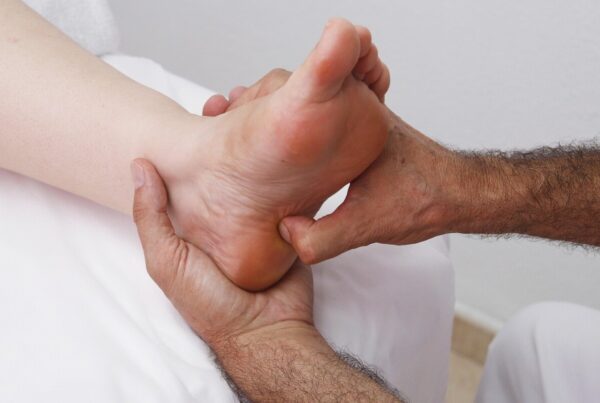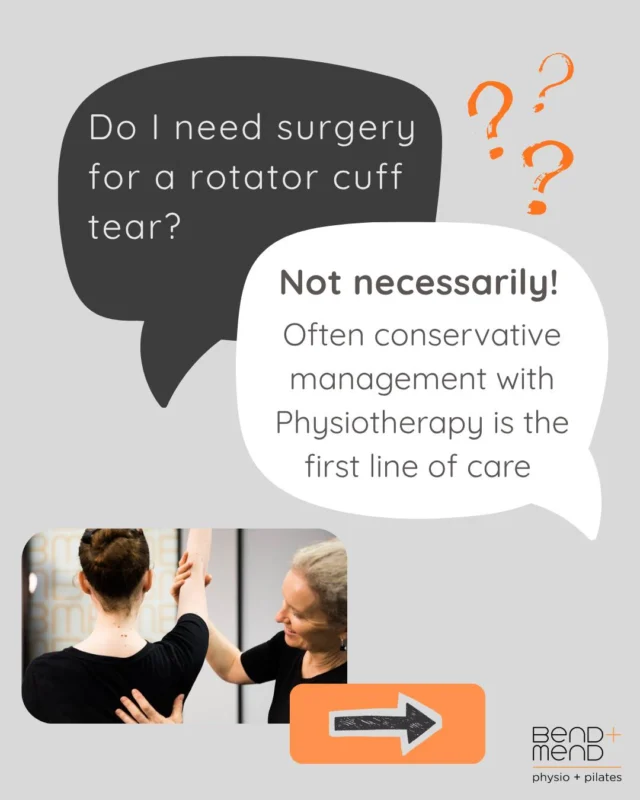Has your child ever complained of knee pain? Or have you noticed the formation of a bump underneath their knee cap? It is possible that your child might be experiencing symptoms of Osgood Schlatters.
Osgood Schlatters is a condition that causes pain and swelling below the knee joint, where the patellar tendon attaches to the shin bone, a spot called the tibial tuberosity. There may also be inflammation of the patellar tendon, which stretches over the kneecap. Osgood Schlatters is mostly found in young athletes who play sports that require a lot of running and/or jumping, such as basketball, football, volleyball.
What causes Osgood Schlatters? It is caused by an irritation of the bone growth plate. Bones do not grow in the middle, but at the end near the joint, in an area called the growth plate. While a child is growing, these areas of growth are made of cartilage instead of bone. The cartilage is never as strong as the bone, so high levels of stress can cause the growth plate to become hurt and swell. Any movements that cause repeated extension of the leg can lead to tenderness at the point where the patella attaches to the top of the tibia. Activities that put stress on the knee, especially squatting, bending or running uphill (or steps), cause the tissue around the growth plate to hurt and swell. It also hurts to hit or bump the tender area. Kneeling can be very painful.
How do you know if your child has Osgood Schlatters? Your child may be suffering from Osgood Schlatters if:
- They are between the ages of 8 – 16 years.
- It is sore to press on the raised part at the top of the shin bone (tibial tuberosity).
- They do not remember injuring their knee – the pain just started during or after sport.
Treatment for Osgood Schaltters includes:
- Activity Management – rest is an important tool in the management of Osgood Schlatters. Initially restricting higher level impact or aggravating activities will reduce symptoms and allow the rehab programme to progress.
- Ice/Anti-inflammatory use – ice is good to use on the sore point after activity or prescribed physiotherapy exercises. A sore tibial tuberosity can also be rubbed with an anti-inflammatory gel.
- Knee brace – often a Cho-Pat original knee strap can offload the patella tendon and dramatically decrease symptoms.
- Exercises – stretches are important in the early phases of rehab as the quadriceps muscle is generally tight. Stretches for gluteals, ITB, hamstrings and calf muscles are commonly prescribed. Sometimes stretching of the quadriceps can be too painful on the inflamed tibial tuberosity. Therefore massage and foam rolling can be beneficial for this muscle group. Strengthening muscles of the core and hip, as well as around the knee is a key requirement to getting Osgood Schlatters under control. If the core and hip are not controlling the hip and leg, it could be placing unnecessary extra load in the tibial tuberosity.
- Foot control – foot biomechanics are important in controlling forces on the knee. Physiotherapy can provide certain exercises to aid in foot control. Advice can also be given on the correct type of shoe. Orthotics may need to be prescribed to control the forces on the knee.
If you have any concerns that your child may be presenting with Osgood Schlatters, book in for an assessment at Bend + Mend and one of our Sports Physiotherapists will be able to help you.





